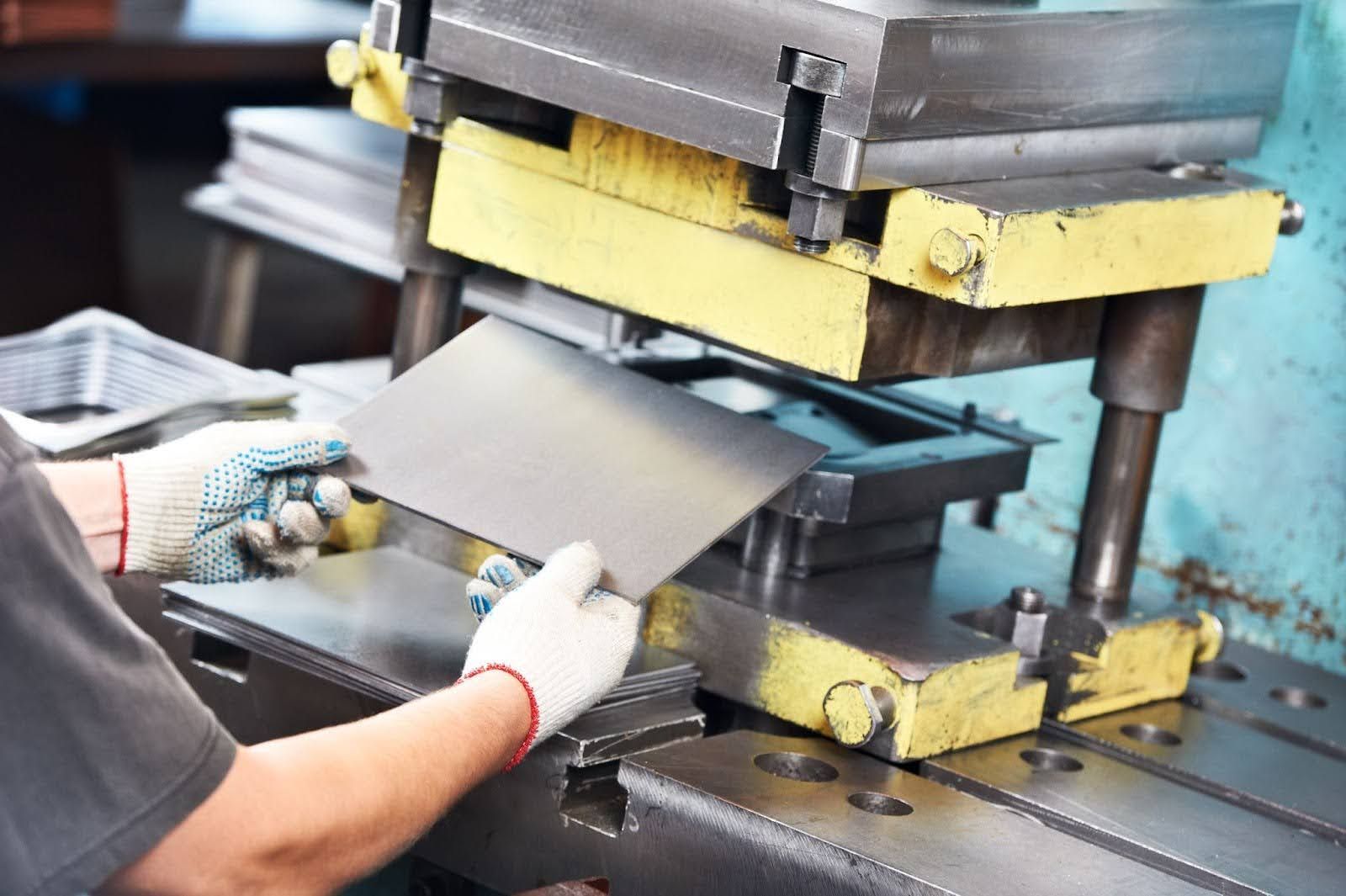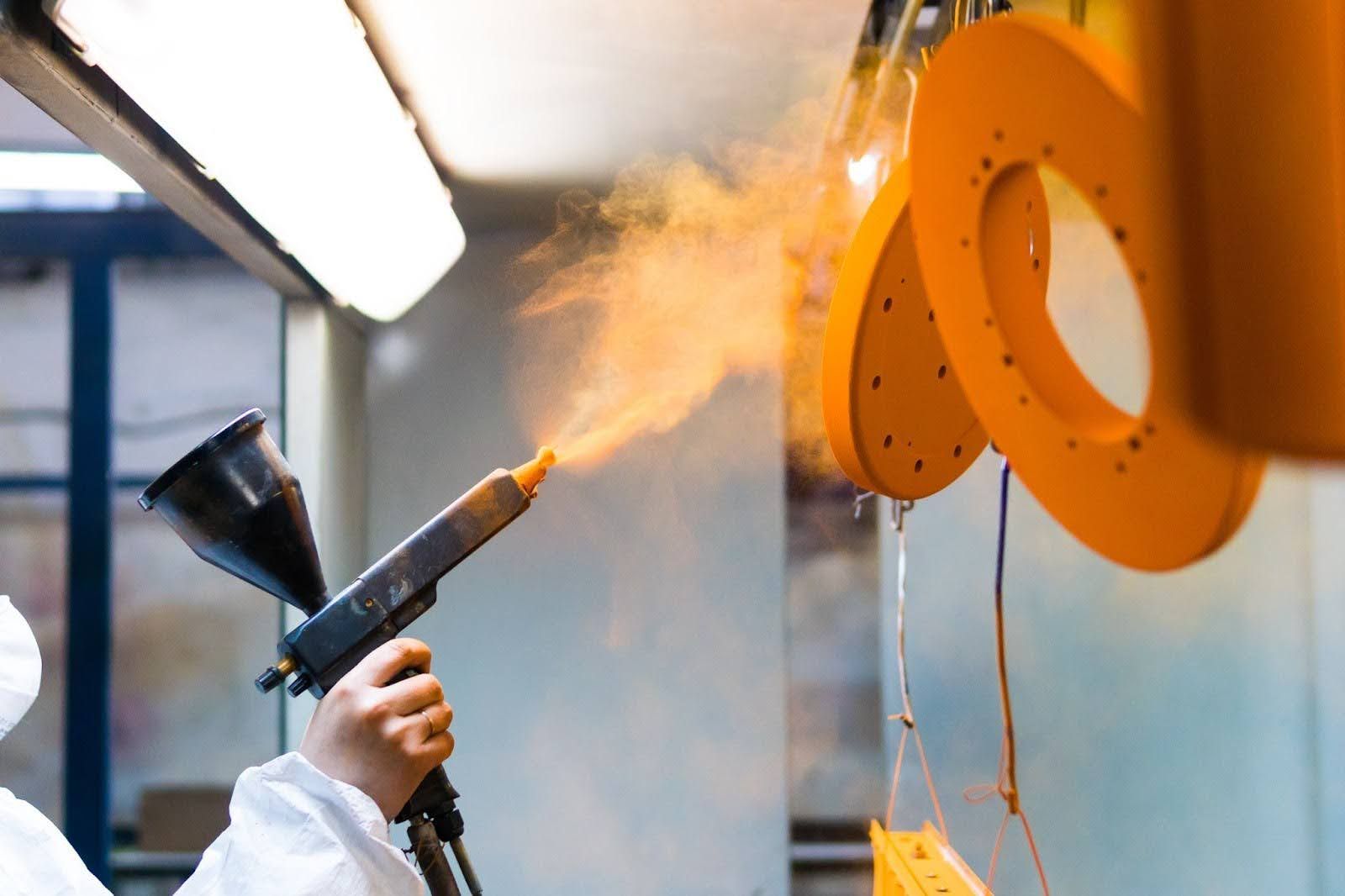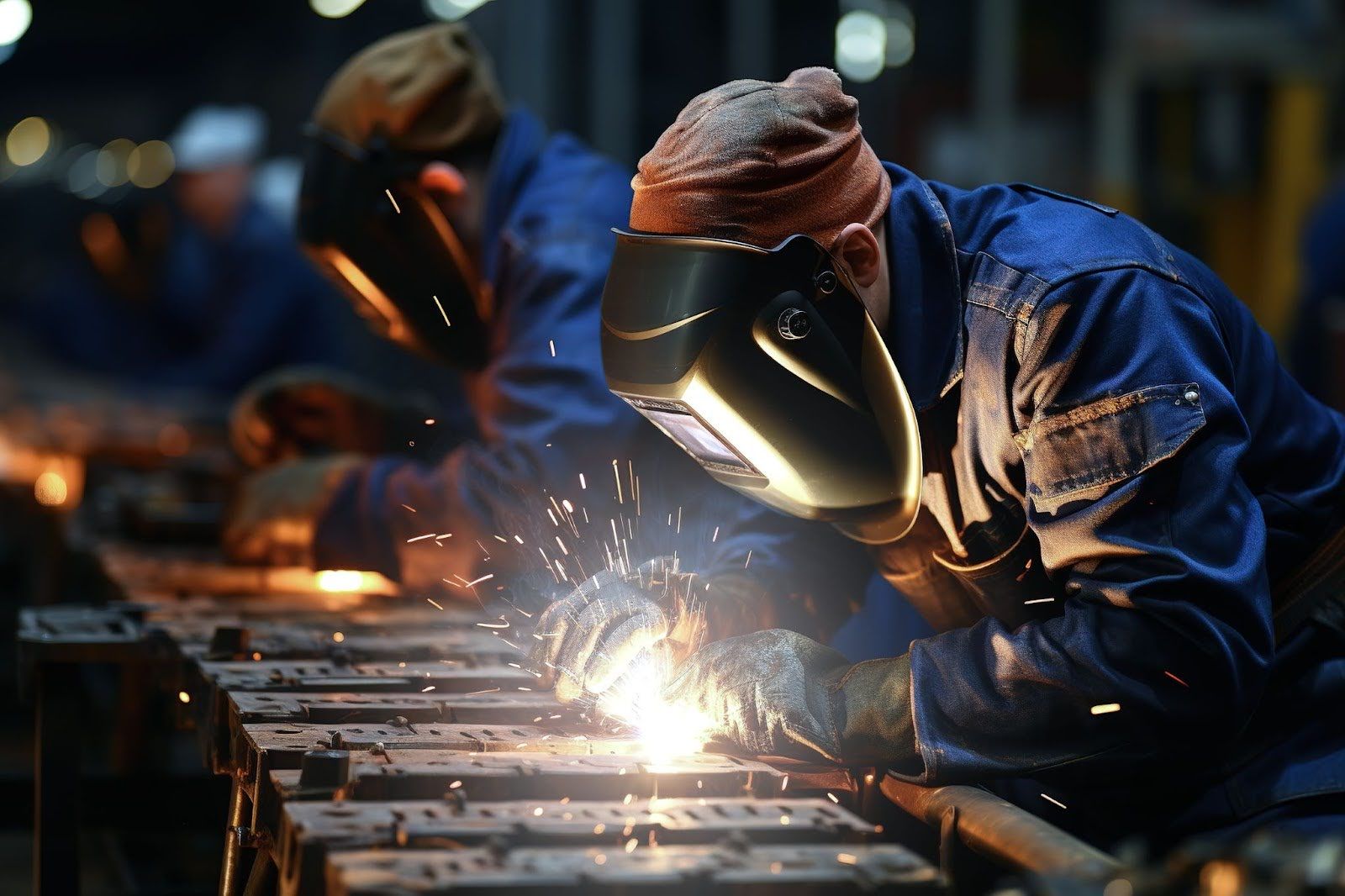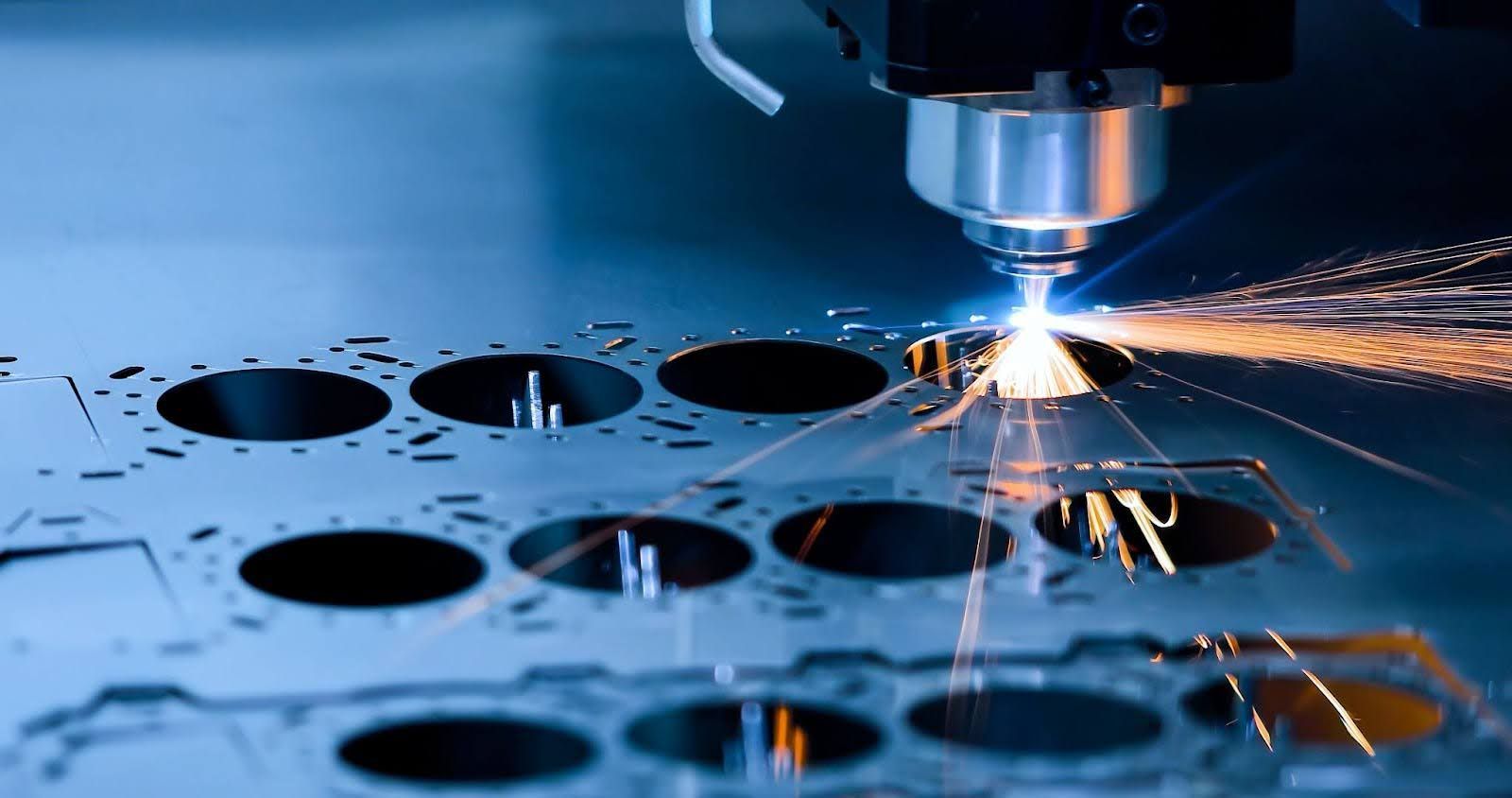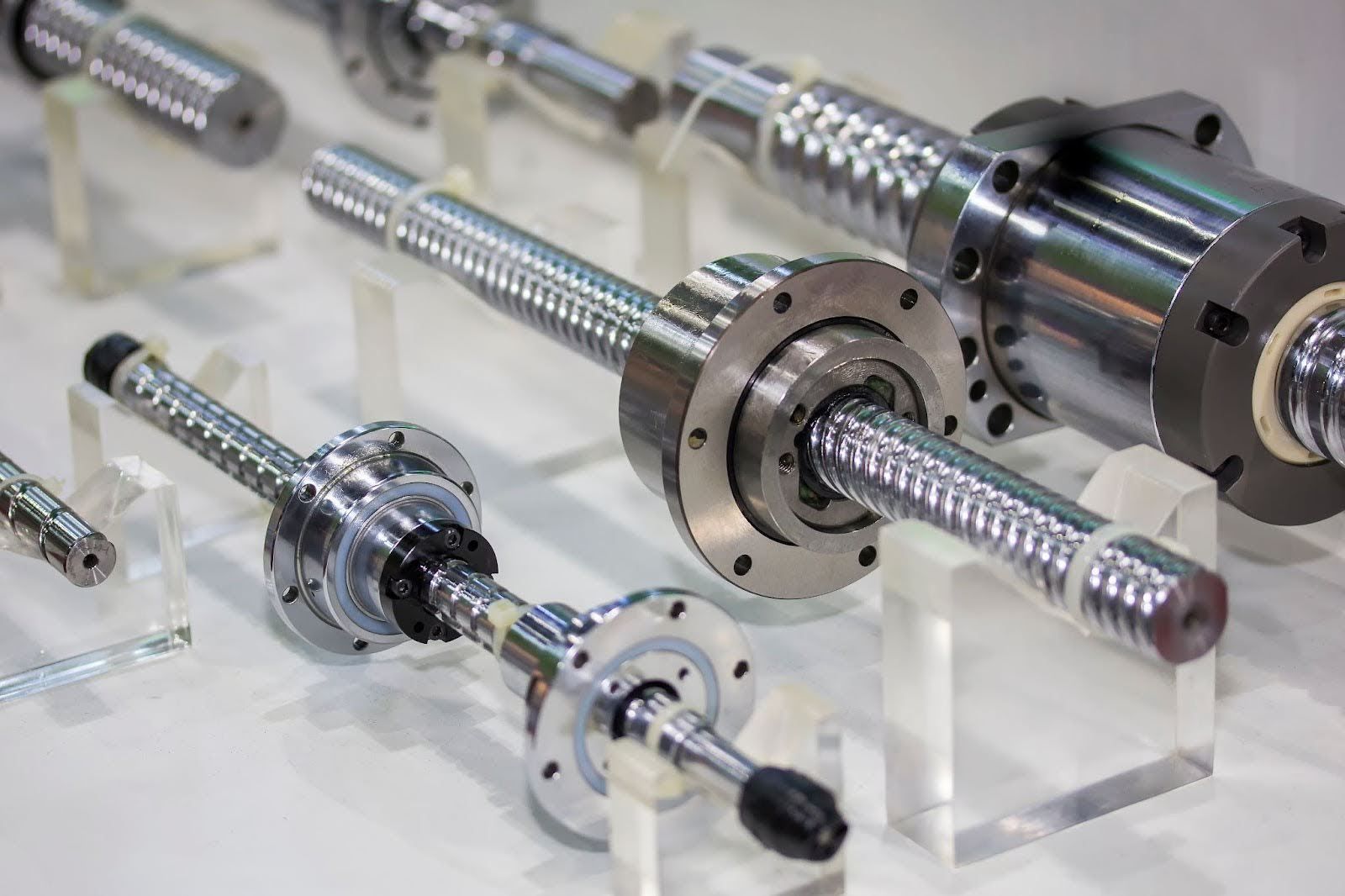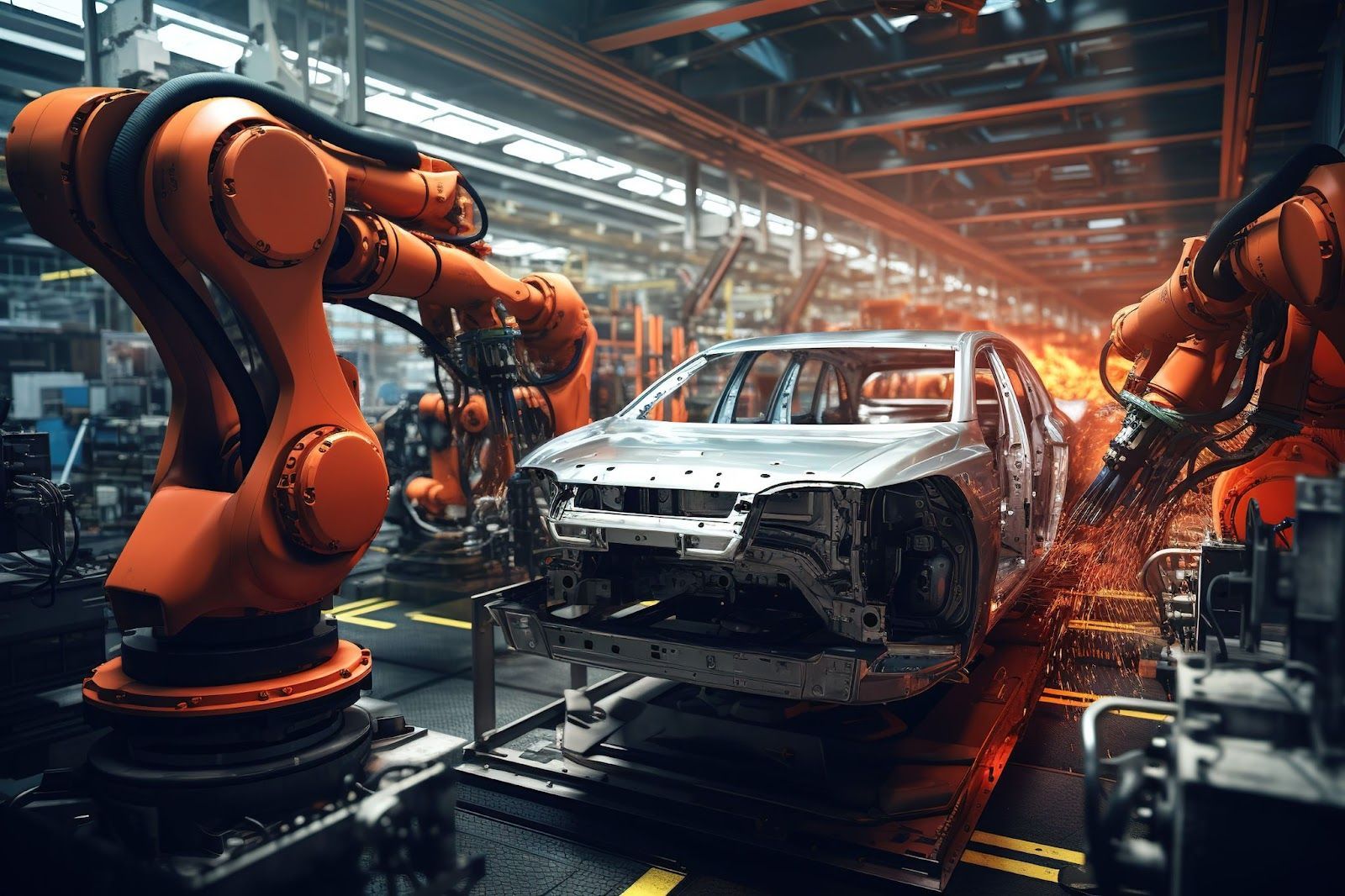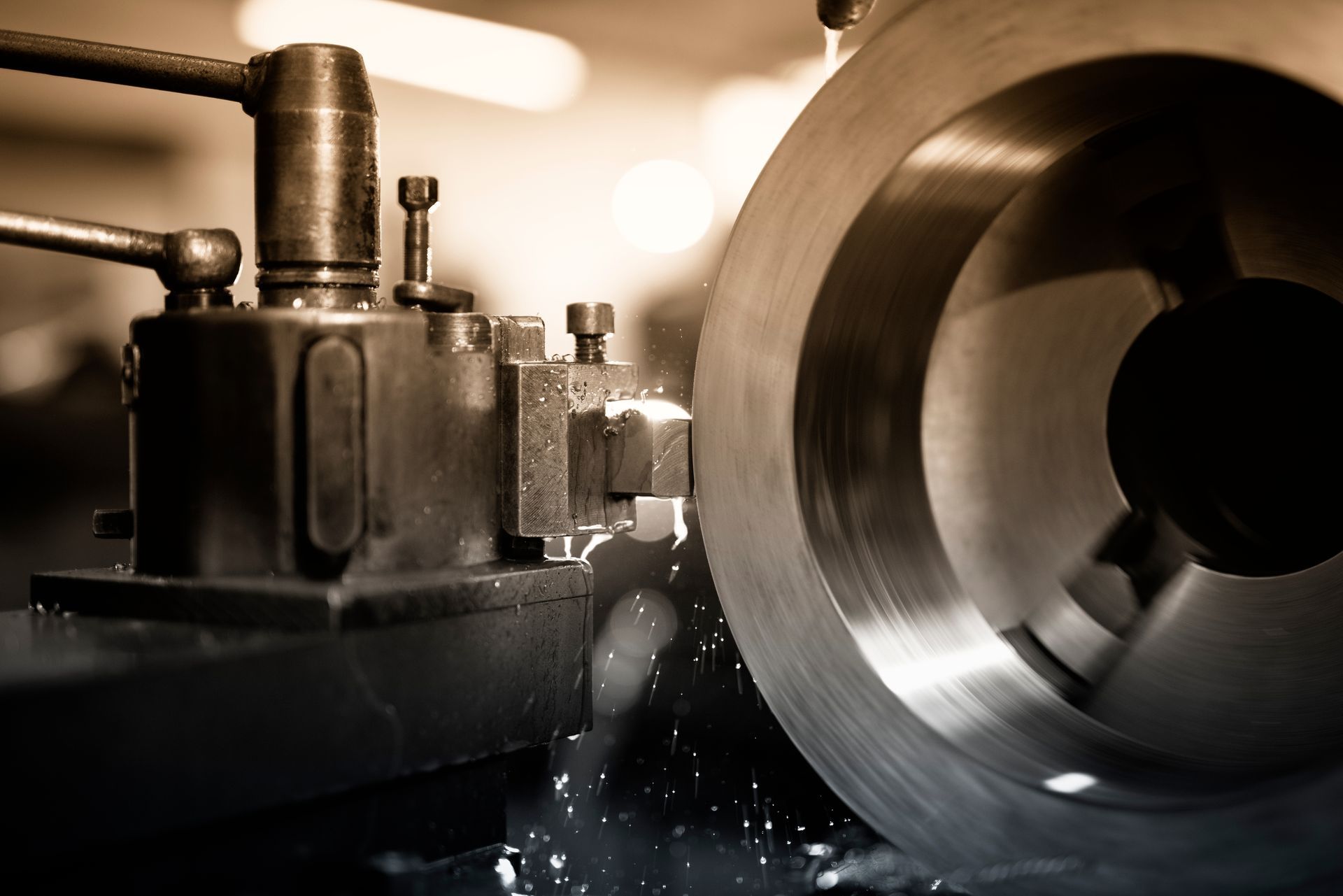What You Need To Know About Stainless Steel Water Tank
Metal forming is one of the most widely applied manufacturing processes in the world. Essentially, metal shaping service is a process where metal is plastically deformed by a force that exceeds its yield strength, causing it to elongate, compress, buckle, bend or twist such as techniques to build stainless steel water tank.
In this article, we'll explore more about metal shaping services and its different techniques as well as stainless steel water tank, one of the most highly-demanded products from the metal shaping process.
What Are The Different Techniques And Processes Of Metal Shaping?
#1 Forming
Forming metal is the process of fashioning metal objects through deformation, without adding or removing any material. The process of deformation is performed using heat and mechanical loads.
#2 Bending
Metal bending is a manufacturing process that uses ductile materials, most commonly sheet metal with specialized machine presses. Metal bending is considered to be quite cost-effective for batches of low to medium quantity. The most common types of bending on a press brake is via air bending, bottoming and coining.
#3 Forging
Forging is among the oldest metal shaping service processes. While traditional forging uses human-powered compressive forces for the shaping of metal, today's industrial forging is done with specialized pressing equipment.
One of the significant advantages of forging is that it can produce a part that is stronger than if it were made using casting or machining.
#4 Cutting
Cutting is a simple process where the base material is given shape via removing parts of itself using specialized tools. This process includes milling, routing and turning.
#5 Machining
Machining is a collective title for various processes in which a piece of raw material is processed into a desired shape and size by computer-controlled tools. Such methods are often referred to as subtractive manufacturing, as opposed to additive manufacturing.
Machining is usually associated with the production of metal parts, but it is used with a wide range of materials including plastic, wood, composites, and more.
#6 Welding
Welding metal is a metal fabrication or shaping process that is based on joining materials via fusion. That simply means a combination of pressure mixed with heat!
Generally, a filler material is added to form the welded joint. In that case, the metal shaped can become even stronger than the original form.
Welding operations can be categorized according to different energy sources that are used, such as a gas flame, an electric arc or laser tools.
What Is A Stainless Steel Water Tank?
One of the most common applications of the metal shaping service process is the fabrication of a skid tank.
A skid tank is simply an above ground tank that is mounted on a small platform. Mainly used at construction and farm sites, skid tanks often function as storage tanks for all manner of materials such as fuel, waste or even harvest.
As many of the industries using skid tanks are utilising them as a temporary way of storage, it will become a waste of resources to install underground tanks or permanent support structures. Hence, skid tanks will often be mounted aboveground and on a modular platform that is made of various steel structural shapes such as angled iron or beams.
The purpose of this platform is to keep the tanks from resting directly on the ground and also prevent them from rolling over. More importantly, the platform allows the tank to be dragged from one location to another, hence the term skid tank.
Looking for metal shaping for stainless steel water tanks? Try Choong Ngai Engineering
With Choong Ngai Engineering's veteran technicians and engineers, we can provide metal shaping services regardless of which industry your business is in.
Most importantly, we'll work alongside you and your team to understand and define your exact requirements, and this process ensures that we provide the best solution to your unique maintenance requirements.
With our tailored equipment and techniques, we've been servicing happy customers for over 20 years. Learn more about
our services and previous projects on our website or contact us at
choonngaiengworks@gmail.com
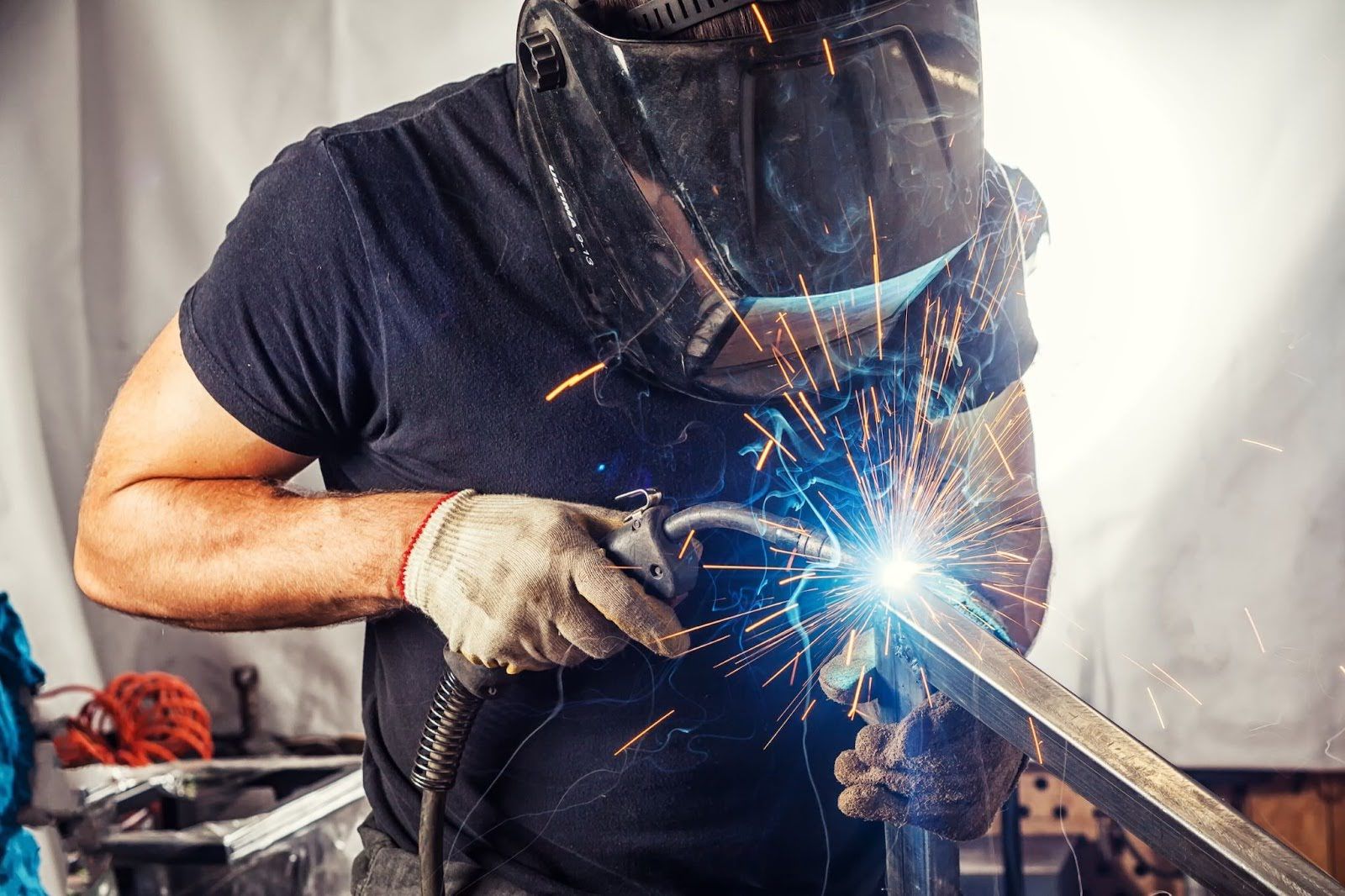
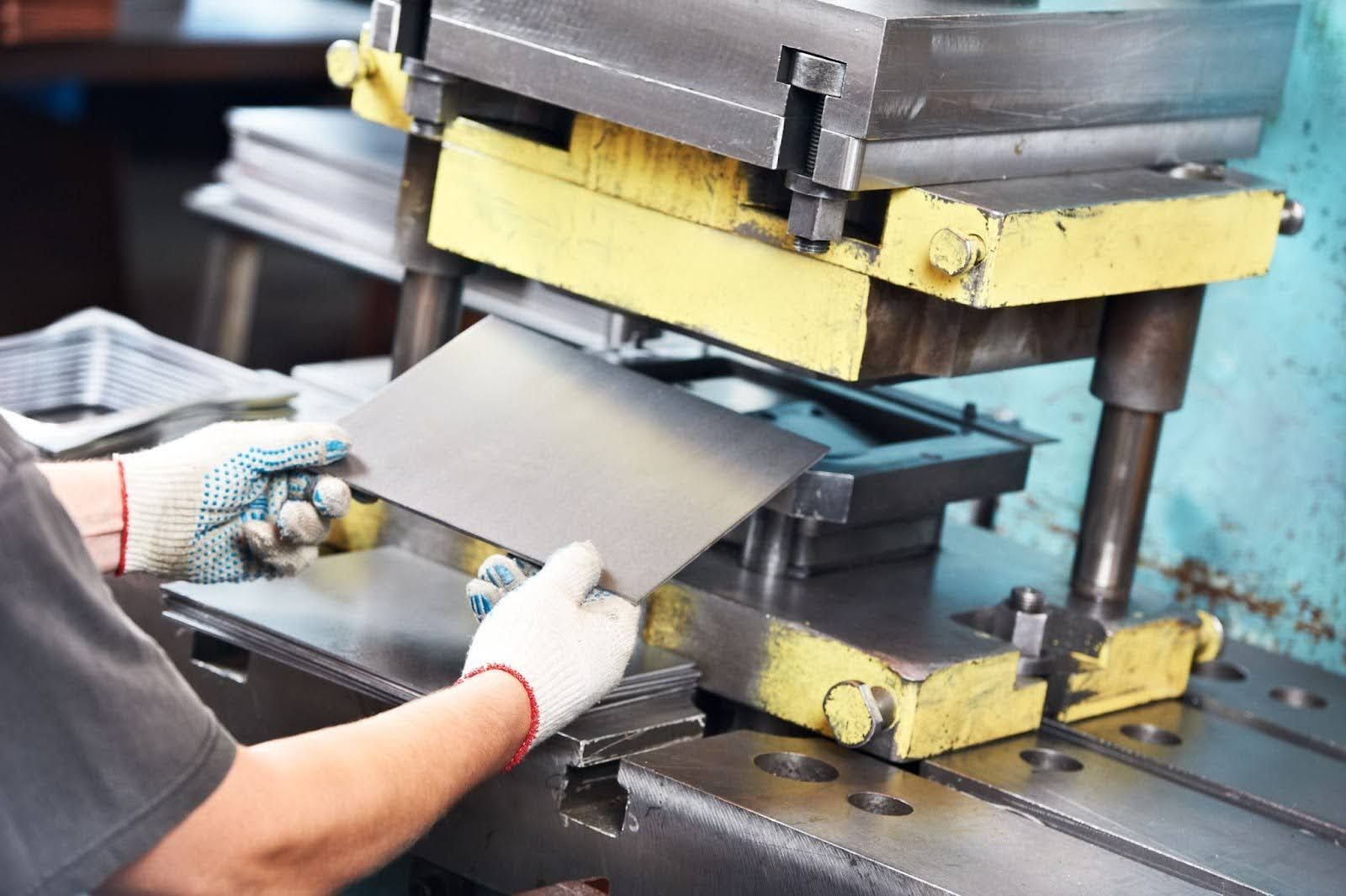
CHOONG NGAI ENGINEERING WORKS SDN BHD
is managed by a team of experienced professionals who ensures that our jobs are completed satisfactorily in a timely matter. We prioritise on our clients' needs and believe that our clients are entitled to the best services available.
QUICK LINKS
CONTACT
243A, Jalan 2A, Kampung Baru Subang, 40150 Selangor Darul Ehsan, Malaysia
Choong Ngai Engineering. All Rights Reserved. Website Designed by Heroes Of Digital.

